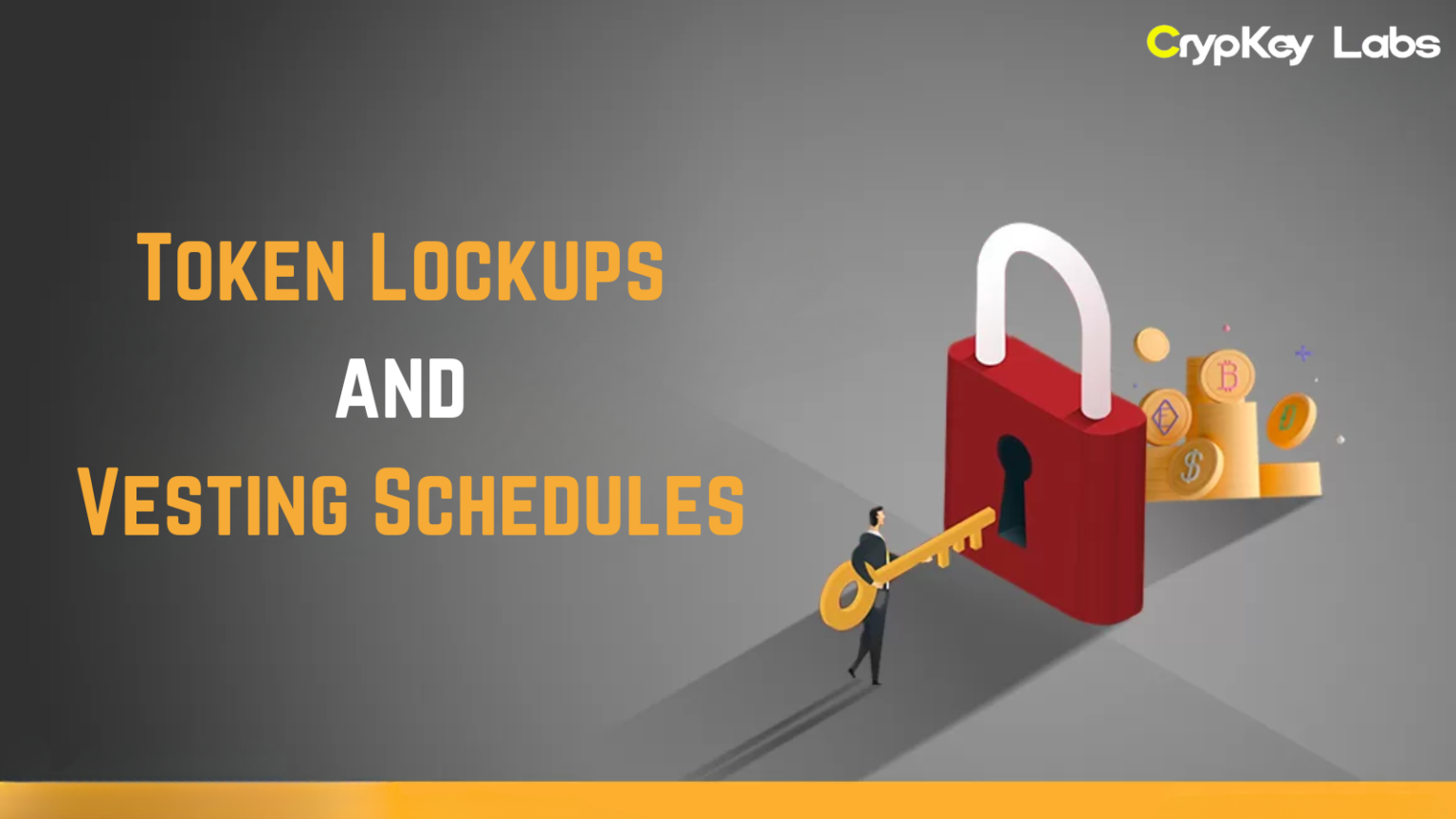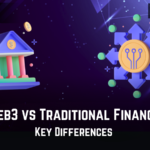In the world of cryptocurrency and blockchain projects, terms like “token lockups” and “vesting schedules” pop up a lot. But what do they really mean, and why are they so important? Whether you’re an financier, a project team member, or just curious about crypto, understanding these concepts can give you better insights into how a project’s token economy works. So let’s break it down in a casual, easy-to-understand way!
What is a Token Lockup?
Imagine you funded in a crypto project early on, and the team has given you some tokens as a reward. Now, if all the financiers or team members suddenly sold their tokens right away, it could crash the token’s price before the project even takes off. That’s where token lockups come into play.
A token lockup is a period during which certain tokens are “locked” and can’t be sold or traded. This is a common practice in the crypto world to prevent early financiers, team members, and advisors from offloading all their tokens and negatively impacting the token’s value. The idea is to keep the project stable by ensuring everyone’s funded for the long term.
Why Use Token Lockups?
The goal of token lockups is to protect the token’s price and project stability. Imagine if a team member or early financier suddenly decides to sell off a large chunk of tokens right after a project launch. This can lead to a sudden drop in token price, often called a “dump,” which can shake the confidence of other financiers. Token lockups help avoid this scenario by restricting the sale of tokens for a set period.
Some examples of token lockup types include:
- Team Lockups: Tokens given to the team, which are locked for several years to ensure the team stays committed to the project.
- Investor Lockups: Tokens allocated to financiers during private or seed rounds, locked for a shorter period than team tokens.
- Advisor Lockups: Tokens given to advisors, locked to ensure they stick around to help the project grow.
What is a Vesting Schedule?
If token lockups are like locking your tokens in a safe, vesting schedules are like a slow-release mechanism. A vesting schedule is a system that gradually releases tokens over a set period. This way, team members, advisors, or financiers receive their tokens bit by bit instead of all at once.
Vesting schedules are usually structured in a way that rewards long-term commitment to the project. For example, a project may release a certain percentage of tokens each month or quarter until the full amount is vested. This ensures that the people who helped get the project off the ground have a long-term incentive to stick around.
Types of Vesting Schedules
Vesting schedules can vary depending on the project, but here are some common types:
- Cliff Vesting: With cliff vesting, tokens are locked for a specific “cliff” period, say one year. After this cliff, the person gets a lump sum release of tokens. For example, after a 12-month cliff, 25% of the tokens are released all at once.
- Linear Vesting: In this model, tokens are released gradually over time, like a little bit each month. Linear vesting is more predictable because the tokens are released consistently, usually until the vesting period ends.
- Milestone-based Vesting: In milestone-based vesting, tokens are only released once specific goals are achieved. For example, tokens might be released when the project hits major development milestones or launches key features.
Why Token Lockups and Vesting Schedules Matter%20(1).png)
Token lockups and vesting schedules may sound complex, but they play a huge role in the success of crypto projects. By preventing everyone from cashing out too quickly, they help keep token prices stable and ensure a healthy project ecosystem.
Here are a few reasons why these mechanisms matter:
- Price Stability: By limiting the number of tokens that can be sold right after launch, lockups prevent sudden price crashes. financiers feel more confident when they know there’s some stability in place.
- Long-term Commitment: Vesting schedules reward people who stick around. They make sure team members and advisors stay committed, which is crucial for the project’s development and growth.
- Investor Confidence: Lockups and vesting schedules give retail financiers (i.e., everyday people) more confidence in the project. Knowing that the team and early financiers can’t sell their tokens right away reassures regular financiers that the project won’t vanish overnight.
Challenges and Risks with Token Lockups and Vesting
While lockups and vesting schedules sound great in theory, they can also have some downsides. Here are a few potential challenges:
- Liquidity Issues: If too many tokens are locked up, it can reduce liquidity, meaning fewer tokens are available for trading. Low liquidity can make the token more volatile, as small trades can have a big impact on price.
- Investor Frustration: Some financiers may feel frustrated if they can’t access their tokens for a long time, especially if the project is doing well. Prolonged lockups might discourage some people from funding in the first place.
- Market Reactions: When tokens are finally unlocked, there’s often a lot of selling pressure as people cash in. This can lead to sudden price drops, so projects need to be mindful of how they manage token unlock events.
Examples of Successful Lockup and Vesting Implementations
Let’s look at some real-world examples of projects that have successfully used lockups and vesting schedules:
- Ethereum: Early Ethereum contributors and founders had their tokens vested over a period to ensure they stayed with the project long-term. This helped Ethereum maintain stability as it grew into the massive blockchain network it is today.
- Filecoin: Filecoin, a decentralized storage project, used a detailed lockup and vesting plan to manage its token distribution. Team members and early financiers had their tokens released gradually over several years, which helped support the token’s price stability.
- Uniswap: Uniswap’s team tokens have a long vesting schedule, ensuring the developers stay committed to improving the platform. This reassures financiers that the core team has “skin in the game.”
Key Takeaways for Setting Up Token Lockups and Vesting Schedules.png)
For new projects, setting up the right lockups and vesting schedules is crucial for balancing the needs of financiers, team members, and project goals. Here are a few tips:
- Transparent Terms: Clearly communicate lockup and vesting terms to all stakeholders. financiers appreciate knowing exactly when tokens will be unlocked and under what conditions.
- Balance: While lockups protect the project, they shouldn’t be so strict that they discourage financers. A balance between stability and accessibility is essential.
- Plan for Unlock Events: Prepare for when tokens are released. Gradual release schedules or “cliff periods” can help minimize any negative impact on token prices when unlock events happen.
Conclusion
Token lockups and vesting schedules are powerful tools in the crypto world. They help projects avoid the chaos of sudden sell-offs, maintain price stability, and keep teams and financiers engaged for the long run. While they do come with challenges, well-designed lockups and vesting schedules can be a huge asset to any project.
So the next time you’re researching a crypto project, check out their token lockup and vesting plans. These details can reveal a lot about how committed the team is and how stable the project might be in the future. After all, in the fast-paced world of crypto, long-term commitment is worth a lot!







